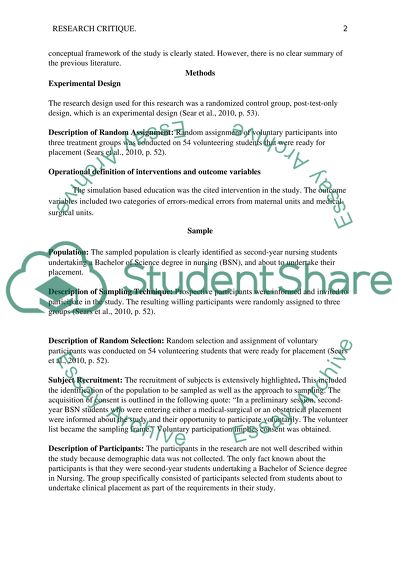Cite this document
(“How skills and knowledge acquired in a simulated environment can be Essay”, n.d.)
Retrieved de https://studentshare.org/nursing/1458347-how-skills-and-knowledge-acquired-in-a-simulated-environment-can-be-transferable-to-real-clinical-situations
Retrieved de https://studentshare.org/nursing/1458347-how-skills-and-knowledge-acquired-in-a-simulated-environment-can-be-transferable-to-real-clinical-situations
(How Skills and Knowledge Acquired in a Simulated Environment Can Be Essay)
https://studentshare.org/nursing/1458347-how-skills-and-knowledge-acquired-in-a-simulated-environment-can-be-transferable-to-real-clinical-situations.
https://studentshare.org/nursing/1458347-how-skills-and-knowledge-acquired-in-a-simulated-environment-can-be-transferable-to-real-clinical-situations.
“How Skills and Knowledge Acquired in a Simulated Environment Can Be Essay”, n.d. https://studentshare.org/nursing/1458347-how-skills-and-knowledge-acquired-in-a-simulated-environment-can-be-transferable-to-real-clinical-situations.


